The story of Ghia – part 1
The beginning In tracing the genealogy of coachbuilding firms, it turns out that they originated in the early years of the last century as…
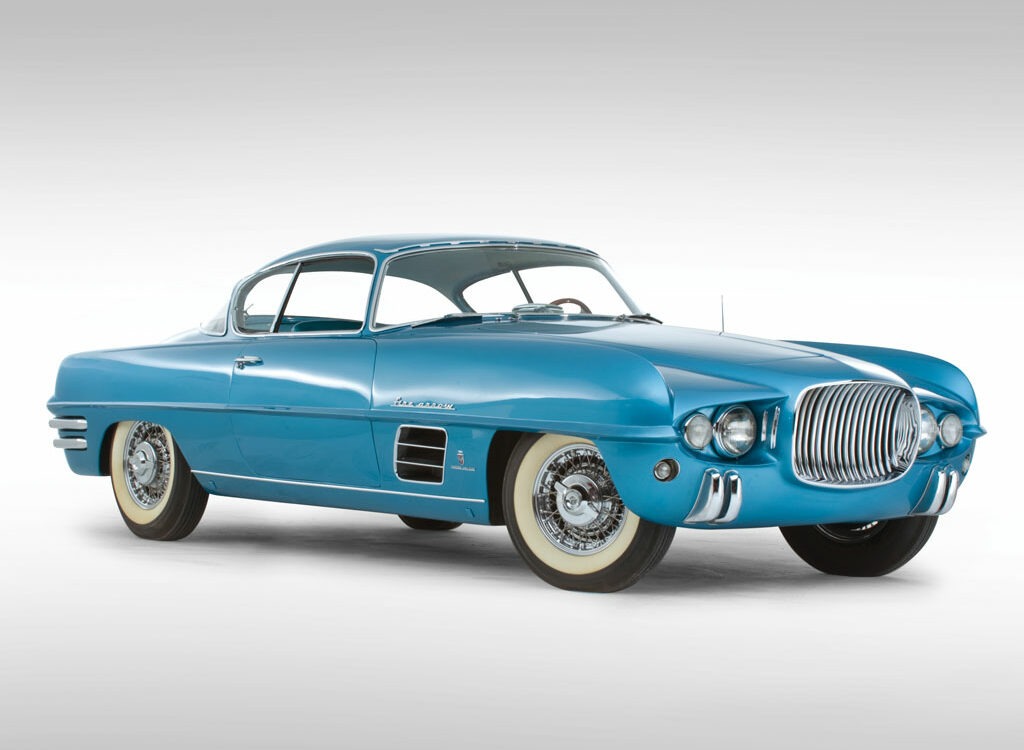
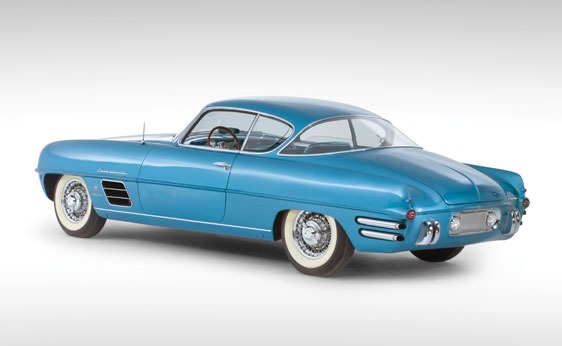
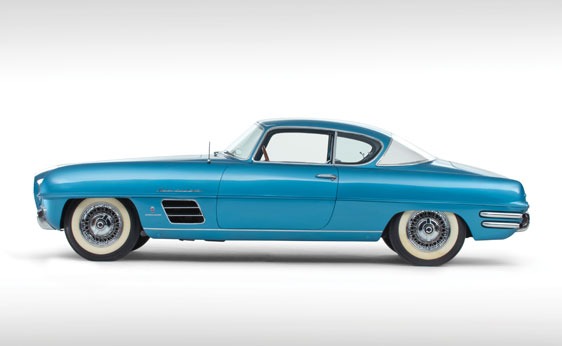
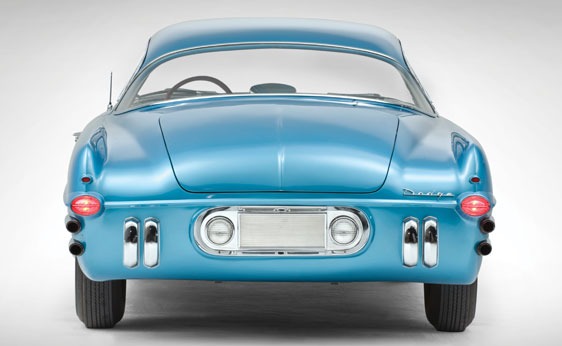
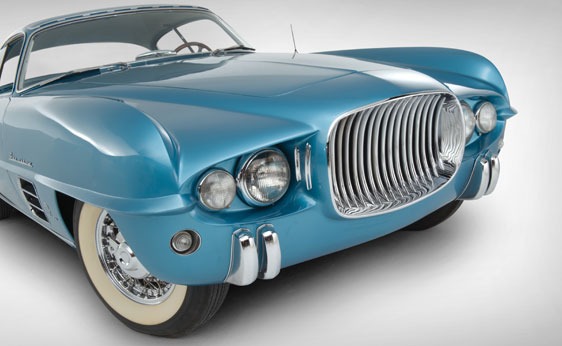
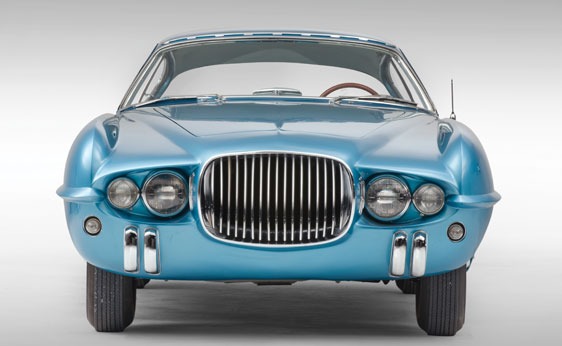
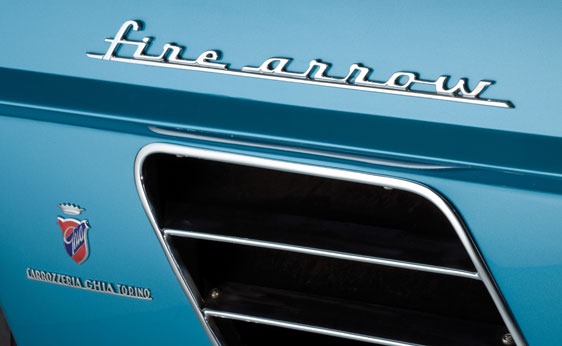
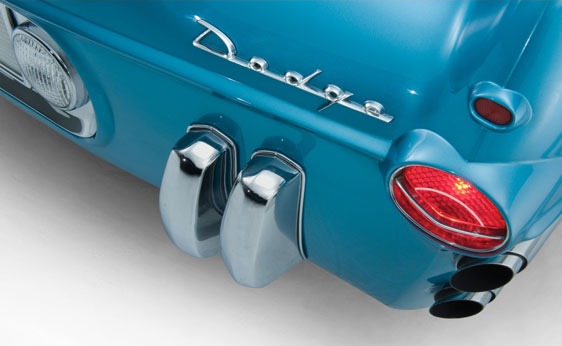
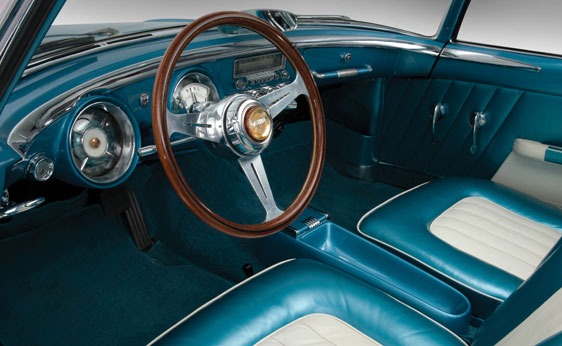
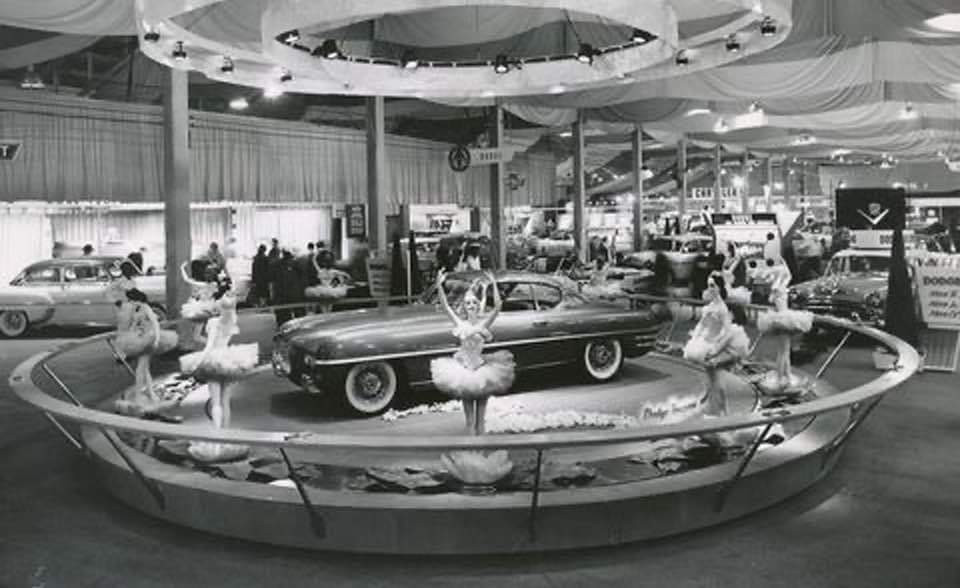










The Dodge Firearrow III concept car by Ghia Torino.
The Dodge Firearrow III most notable feature up front, was the smartly styled chrome grille fitted into a rectangular opening with concave vertical slats acting as air intakes. Four headlights, two standard hi-lo sealed-beam bulbs paired with smaller high-intensity driving lamps mounted to the outside, were placed in a recess on the centerline from which a defining trim line radiated, lending a most distinctive look. A pair of neat chrome bumperettes was mounted under the main lights, with two nearly concealed parking/turn signal lights mounted to the outer edges. Peaked blade-like accents acted as a mid-level belt-line starting at the leading edges of the front fenders, wrapping around and continuing down the entire length of the body. A pair of handcrafted by Ghia and functional chrome exhaust pipes produced an inspiring throaty rumble even at idle, with outlets routed through each rear quarter-panel. No detail was overlooked, with even the rear panel treated to custom touches including a broad, rearward-sloping trunk lid operated by a concealed pushbutton, while the taillights were carefully mounted into the trailing edges of the rear fins. Back-up lights were flush-mounted in the chrome-plated rear license plate holder, which was flanked by chrome bumperettes. Unlike European sports cars of the day, the wheel openings were flat towards the top, not the usual full-radius cutouts, while fashionable wide whitewall tires were mounted on chrome wire wheels with simulated “knock-off” centers. Generous amounts of glass were utilized, starting with the steeply raked windshield, providing excellent visibility in concert with ample side glass and a large wrap-around backlight, which was one of the largest single pieces of glass used in any car up to that time. Despite standing less than five feet high, the interior of the Dodge Firearrow III was quite spacious for the driver and passenger alike, starting with plush adjustable leather seats featuring Opal Blue bolsters and white leather inserts. The interior decor also reflected the car’s futuristic design theme with easy-to-operate controls within reach, and modern amenities including a fully functional heater-defroster system and top-of-the-line pushbutton radio. Heavy-pile carpeting padded the floor, and another important appointment was included – a large ashtray between the front seats. As with the earlier Firearrow variants, this Dodge Firearrow III was mounted on a Dodge Royal regular-production chassis, the running gear and suspension was left stock, and the “Red Ram” mini-“Hemi” V-8 engine provided plenty of power, mated to the new, fully automatic PowerFlite transmission. Studies aimed at optimizing weight distribution resulted in handling far superior to the Firearrow III’s regular production stable-mates. Once completed, the sleek blue coupe was earmarked to be the center of attention at the opening of Chrysler’s new Chelsea Proving Grounds in June 1954, at which point a daring young woman named Betty Skelton entered the picture. By the early 1950s, Miss Skelton had made quite a name for herself. Her first love was flying (she had flown solo at age 12 and by age 20 was considered one of the best aerobatic pilots in the world), and she had taken on a job as a charter pilot, often transporting racing drivers between events. She had also befriended NASCAR founder Bill France. He told her about the excitement surrounding Speed Week in Daytona and offered to locate a sponsor so she could attend. As a result, Betty Skelton was the talk of the beach and piloted a variety of Chrysler products to several records before being invited to take part in the opening of the Chelsea Proving Grounds.

The beginning In tracing the genealogy of coachbuilding firms, it turns out that they originated in the early years of the last century as…
Missing or wrong informations?
Carrozzieri-Italiani.com relies on thousend of users who help to populate the database. We do not guarantee the accuracy of the informations. Contact us if you want to contribute.
